Disclosure: This article contains affiliate links. We may earn a commission from purchases at no extra cost to you, which helps our travel content.
The first time my camera lens caught the golden light washing over Algoa Bay, I knew Port Elizabeth had stolen a piece of my heart. This often-overlooked gem on South Africa's Eastern Cape offers a photographer's playground where rugged coastlines meet urban charm and wildlife roams just beyond city limits. After spending a week chasing light and wildlife through PE (as the locals affectionately call it), I'm sharing my complete guide to capturing the soul of this diverse coastal paradise.
Essential Gear for Wildlife Coast Photography
Before diving into locations, let's talk gear. Port Elizabeth's diverse landscape demands versatility from your photography equipment. The wildlife opportunities here are incredible, but they often require some reach. I relied heavily on my telephoto zoom lens (70-300mm) for capturing distant marine life and animals at the reserves. For those breathtaking coastal landscapes, a wide-angle lens is non-negotiable – the dramatic meeting of land and sea demands it.
The Eastern Cape sun can be intense, making a quality polarizing filter essential for cutting glare off the ocean and enhancing those rich blues. I never leave my accommodation without my camera rain cover as afternoon showers can appear without warning, especially during summer. And don't underestimate the wind! My camera strap saved my equipment countless times when sudden gusts hit along the coastline.
For those planning sunrise shoots at Sardinia Bay (an absolute must), bring a headlamp for navigating the dunes in pre-dawn darkness. The rechargeable battery lasted my entire trip, and the slim profile meant I could pack it anywhere.
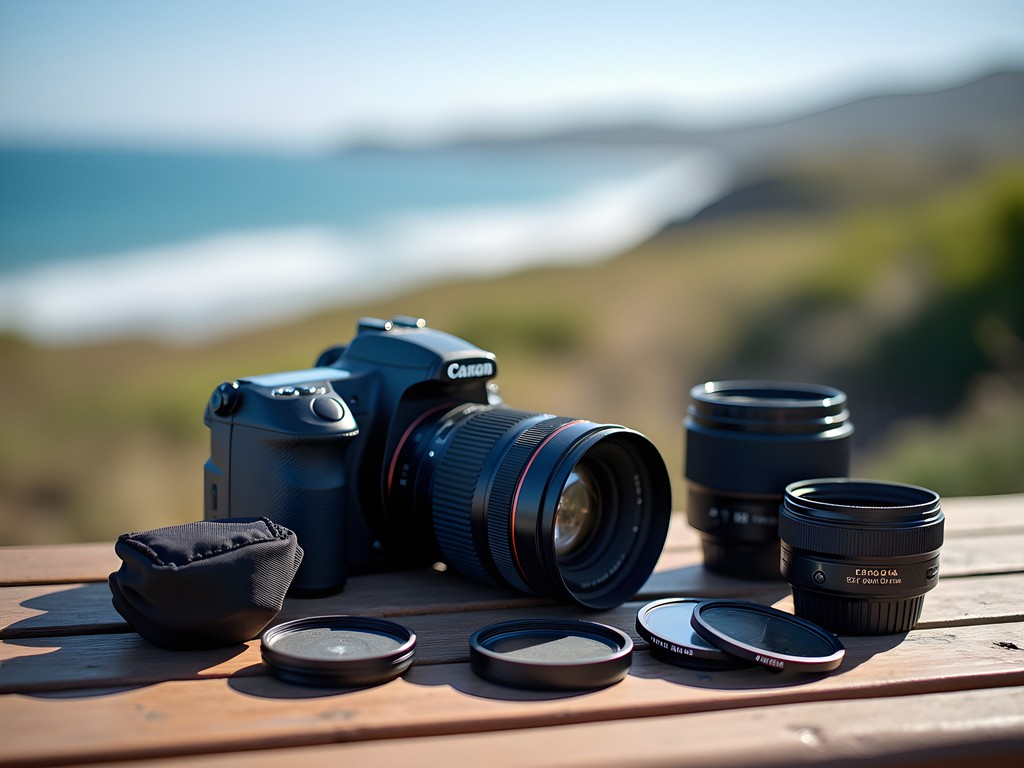
💡 Pro Tips
- Bring lens cleaning supplies – salt spray from the ocean is constant
- Pack extra memory cards – wildlife shooting fills them quickly
- A lens with weather sealing is worth the investment for coastal conditions
Addo Elephant National Park: Wildlife Photography Paradise
Just an hour's drive from Port Elizabeth lies Addo Elephant National Park – a place that had me questioning if I'd packed enough memory cards within the first hour. Home to over 600 elephants, this park offers the most accessible wildlife photography you could hope for. The key to success here? Patience and early mornings.
I arrived at the gates when they opened at 7am and was rewarded with magical golden hour light streaming through dust kicked up by elephant herds heading to watering holes. The contrast between their textured gray skin and the warm orange light created images that no filter could replicate.
While elephants are the stars, don't overlook the incredible bird photography opportunities. The park's diverse ecosystems support over 400 bird species, from the striking lilac-breasted roller to majestic fish eagles. I found the Domkrag Dam and Hapoor waterhole viewpoints particularly productive for capturing wildlife interactions.
Since wildlife photography often means long waits in your vehicle, comfort is essential. My car seat cushion saved my back during those extended sessions waiting for the perfect elephant family moment. For keeping camera batteries charged between lodge stays, my car power inverter proved invaluable – especially when I couldn't resist staying out from sunrise to sunset.

💡 Pro Tips
- Visit midweek if possible – fewer vehicles means better positioning for shots
- The Main Camp waterhole has excellent afternoon light for elephants
- Bring a beanbag camera rest for vehicle window stability
Coastal Magic: Sardinia Bay to Cape Recife
Port Elizabeth's coastline offers a dramatic contrast to the bushveld, with pristine beaches, rugged cliffs, and moody seascapes that had me shooting until my memory cards cried for mercy. Sardinia Bay became my sunrise ritual – arriving 45 minutes before daybreak to catch the first light painting the massive dunes in soft pastels.
The beach stretches for miles, but I found the northern end most photogenic where massive dunes meet the shoreline. For safety, I never ventured there alone during early morning shoots – my personal alarm came everywhere with me as a precaution, though I never needed to use it.
Cape Recife Nature Reserve offers my favorite coastal compositions, especially around the lighthouse. The rocky outcrops create natural leading lines, and if you time your visit with low tide (I used the tide tracking app to plan), you'll discover stunning tide pools that create perfect reflections of the lighthouse.
The coastal wind here is no joke – it nearly knocked me over several times! My camera stabilizer earned its keep, especially for those long-exposure shots of waves crashing against the lighthouse rocks. Pro tip: bring a microfiber cloth to wipe sea spray from your lens – you'll use it constantly.
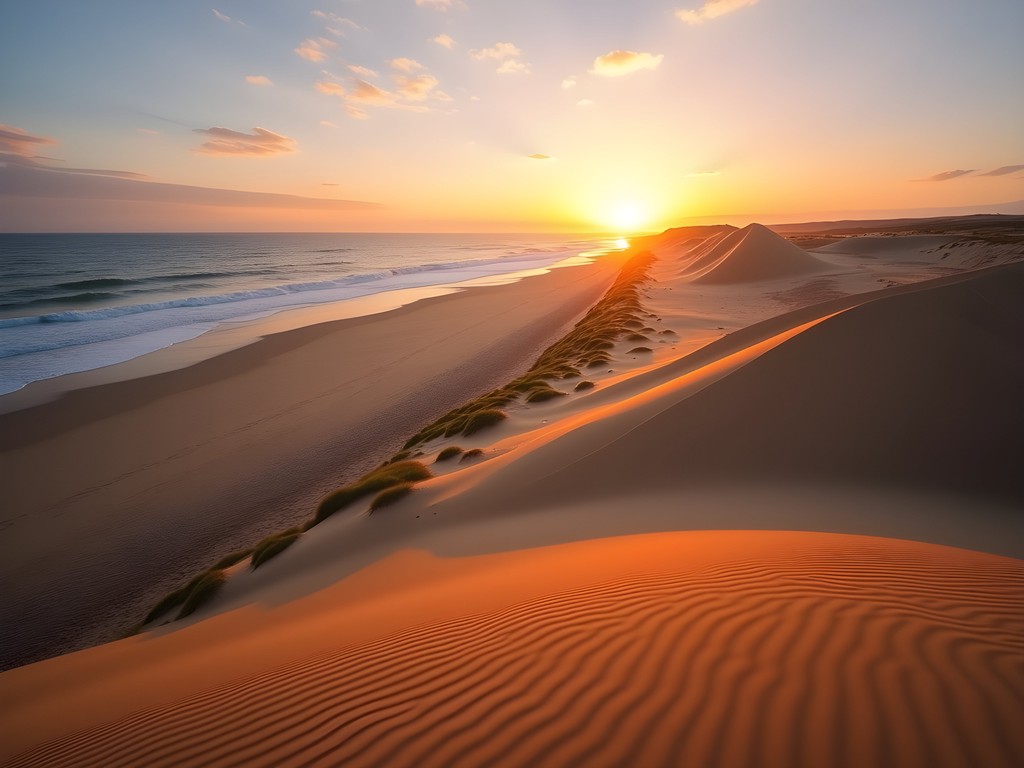
💡 Pro Tips
- Use graduated ND filters for balancing bright skies with darker foregrounds
- The best seascapes happen during stormy weather – be prepared to shoot in challenging conditions
- Visit Cape Recife lighthouse at sunset for dramatic silhouettes
Urban Wildlife: Kragga Kamma & Seaview Predator Park
One of Port Elizabeth's unique photography opportunities is the proximity of wildlife experiences to the city center. Kragga Kamma Game Park, just 15 minutes from downtown, offers intimate wildlife encounters without the long drive to bigger reserves. I spent a magical afternoon photographing white rhinos grazing against the backdrop of Port Elizabeth's distant skyline – a juxtaposition that tells South Africa's conservation story in a single frame.
The park's giraffe population proved especially photogenic, particularly in late afternoon when they gathered around the acacia trees. For these tall subjects, I relied on my monopod to stabilize my telephoto lens while maintaining mobility.
For big cat photography, Seaview Predator Park provides ethical opportunities to photograph lions, tigers, and cheetahs in spacious enclosures. While I generally prefer truly wild settings, their conservation work is commendable, and the photography opportunities are exceptional. Their early morning photography passes (book at least two days ahead) allow access before regular visitors, providing cleaner backgrounds and better light.
While shooting at Seaview, my lens pen became my most-used accessory – the dusty environment meant constantly cleaning my gear. The brush end removed dust while the carbon tip handled fingerprints and smudges without damaging my expensive glass.
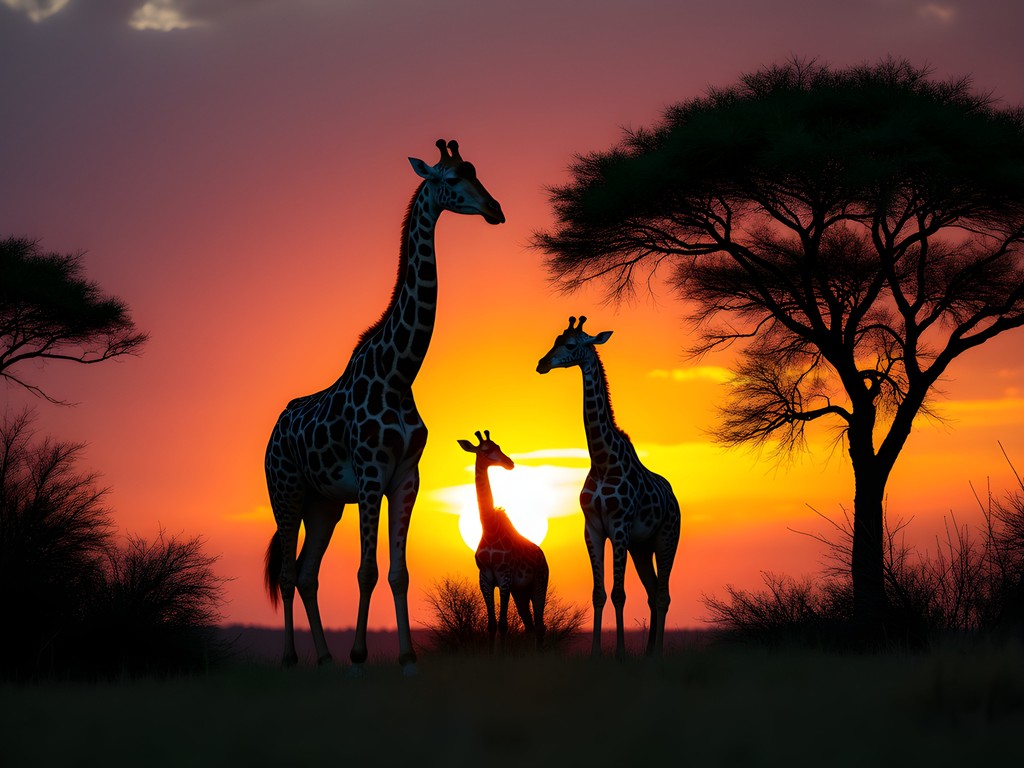
💡 Pro Tips
- Shoot through the fence at Seaview using a wide aperture (f/2.8 or wider) to make barriers disappear
- Visit Kragga Kamma on weekdays for fewer vehicles in your backgrounds
- Bring a longer lens than you think you need – the animals often keep their distance
Marine Photography: Boat Tours & Penguin Colony
No photography guide to Port Elizabeth would be complete without mentioning the incredible marine life opportunities. Raggy Charters offers specialized photography-focused boat tours that transformed my portfolio with images of bottlenose dolphins, southern right whales (in season from June to November), and even the occasional orca.
The key to successful marine photography here is preparation. Seasickness can ruin your shooting day, so I started taking motion sickness tablets the night before my boat tour. These non-drowsy tablets kept me steady without affecting my concentration – crucial when tracking fast-moving dolphins!
For protecting my gear on the boat, my waterproof camera bag provided peace of mind against spray and unexpected waves. I could quickly access my equipment while keeping it protected between shooting opportunities.
The African penguin colony at St. Croix Island offers another unique photography opportunity. The boat tours approach respectfully, allowing for intimate portraits of these endangered birds. When photographing the penguins, I found my 70-300mm lens perfect for close-ups without disturbing their natural behavior.
My abuela always told me stories about respecting wildlife while observing it – advice that guided my approach here. I kept my distance and let the animals' natural behaviors dictate my shots rather than trying to force interactions. The resulting images captured authentic moments that no staged wildlife park could provide.
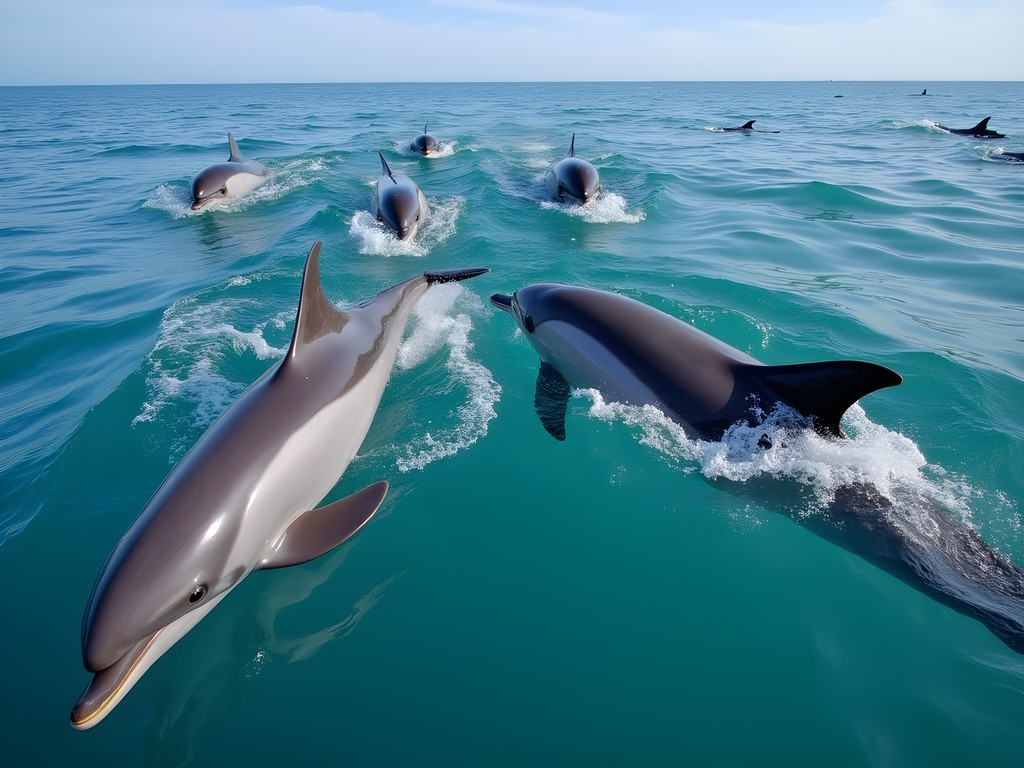
💡 Pro Tips
- Set your camera to continuous shooting mode for breaching whales and dolphins
- Use a polarizing filter to cut glare and see deeper into the water
- Increase your shutter speed to at least 1/1000 for sharp images of moving marine life
Final Thoughts
As I packed away my gear on my final evening in Port Elizabeth, scrolling through thousands of images captured over just one week, I realized this underrated South African city had given me some of my most treasured wildlife and landscape photographs to date. From the gentle giants of Addo to the playful dolphins of Algoa Bay, from dramatic lighthouse seascapes to urban wildlife juxtapositions – PE offers a diversity that few destinations can match.
What makes Port Elizabeth truly special for photographers is the accessibility of these diverse environments. In a single day, you can capture sunrise over pristine dunes, spend midday with elephants and rhinos, and finish with a sunset marine shoot – all without exhausting travel between locations.
Whether you're an experienced wildlife photographer or just beginning your journey behind the lens, Port Elizabeth deserves a place on your photography bucket list. Pack your gear, charge your batteries, and prepare to be humbled by the raw beauty of South Africa's Wildlife Coast. And when you go, remember what my abuela always said: 'The best photographs happen when you stop trying to take pictures and start seeing with your heart.' Port Elizabeth makes that easy.
✨ Key Takeaways
- Port Elizabeth offers incredible diversity for photographers: wildlife, marine life, landscapes and urban scenes all in close proximity
- The shoulder seasons (April-May and September-October) provide the best combination of wildlife activity and favorable weather conditions
- Early morning and late afternoon golden hours are essential for the most dramatic wildlife and landscape images
- Proper preparation with specialized gear for coastal conditions will protect your equipment and enhance your results
- Respecting wildlife and maintaining appropriate distances results in more authentic and compelling images
📋 Practical Information
Best Time to Visit
October-April (summer), with whale season June-November
Budget Estimate
$1,200-$1,800 for one week (mid-range accommodations, car rental, park fees, boat tours)
Recommended Duration
5-7 days minimum
Difficulty Level
Moderate

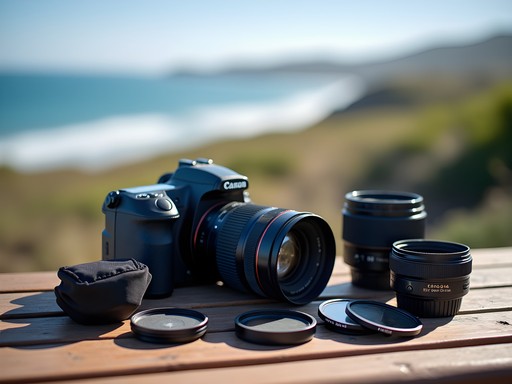
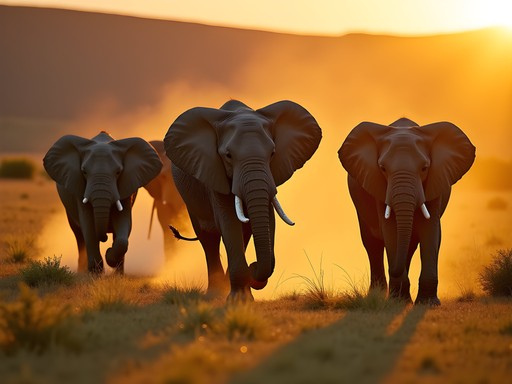
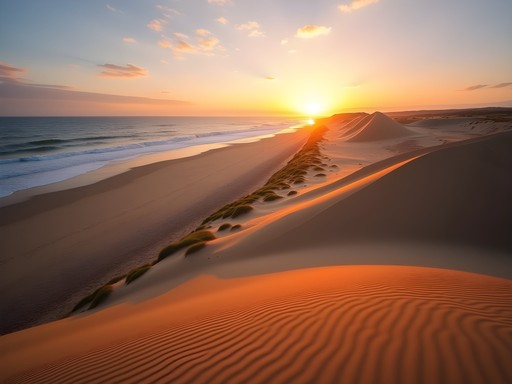
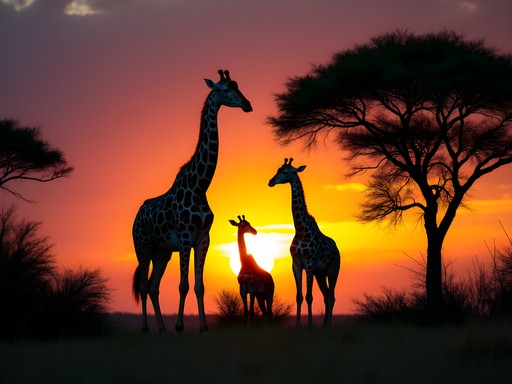
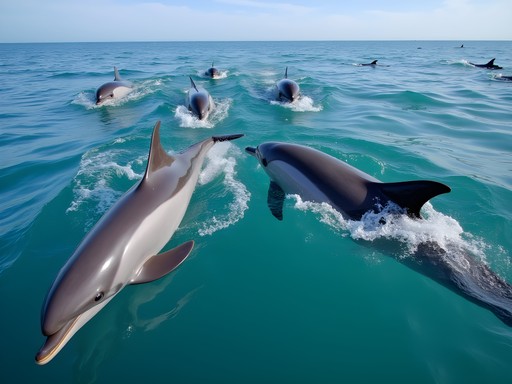


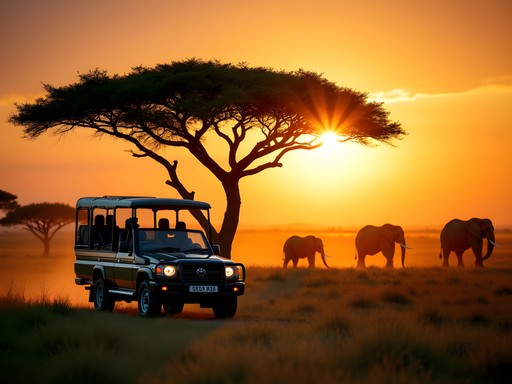
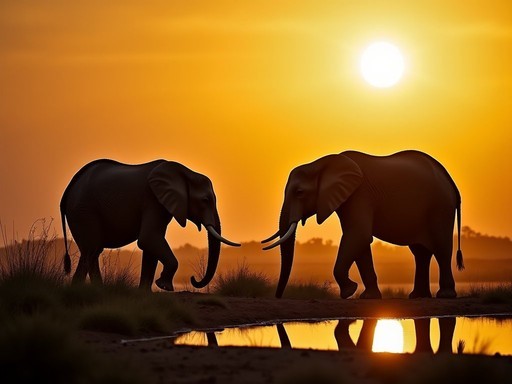
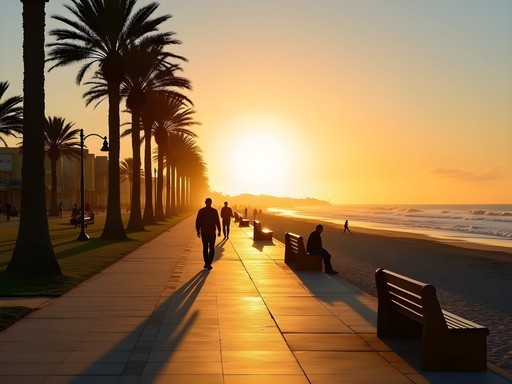
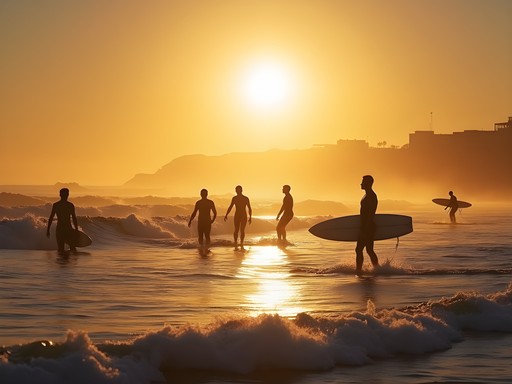
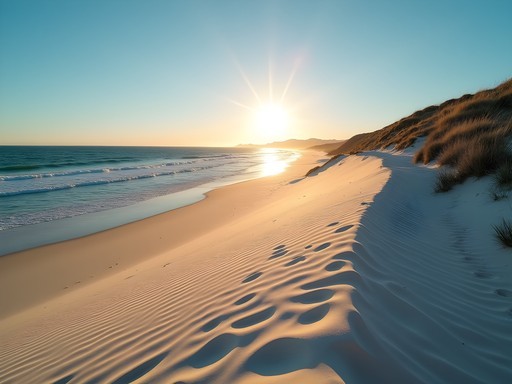
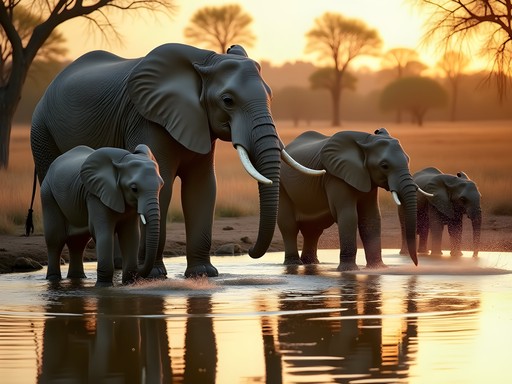


Comments
coffeeone
Stunning photos! Adding PE to my travel list asap!
wanderlustmate
Your photos make PE look amazing! I've always skipped it on my SA trips but definitely adding it to the itinerary next time. The beaches look stunning!
Sage Dixon
Don't miss Sardinia Bay! It's less crowded than the main beaches and the dunes make for incredible compositions, especially at sunset. Just bring protection for your camera gear - that sand gets EVERYWHERE.
Sage Dixon
Just got back from PE last week and this post would have been gold before my trip! The light at Cape Recife was absolutely stunning - that lighthouse against the dramatic coastline is a photographer's dream. I spent three mornings at Addo and each day delivered something completely different. Day one: elephants playing in mud. Day two: lion cubs at dawn. Day three: the most incredible zebra migration. My zoom lens barely left my camera the whole week. Ingrid, did you manage to visit the penguin sanctuary? I found the rehabilitation center offered some intimate wildlife photography opportunities that were quite moving.
Ingrid Rivera
Sage, sounds like you had an incredible experience! Lion cubs - how lucky! Yes, I did visit SANCCOB (the penguin sanctuary) - you're right about those intimate moments. I have a whole folder of penguin portraits I'm still editing through. Will be sharing those in a follow-up post soon!
wanderlustmate
Lion cubs?! Now I need to plan a trip there! 😍
travelninja
Those Addo elephant shots must be incredible! Going to PE next month - any tips on the best time of day for wildlife photography there?
Ingrid Rivera
Golden hour is magical at Addo! Try to be there at opening time (around 7am) or 2-3 hours before closing. The elephants often gather at waterholes then. Enjoy your trip!
travelninja
Thanks so much! Can't wait to try this out. Did you find a telephoto lens essential?
Haley Hamilton
This post brings back such memories! I was in PE last winter and had a magical moment at Cape Recife when a pod of dolphins appeared just as the sun was setting. My camera battery was nearly dead (rookie mistake!) but I managed to capture a few silhouette shots that became my most-liked Instagram posts ever. For anyone heading there, the area around the lighthouse has these incredible rock formations that create natural frames for ocean shots. And don't miss the boardwalk at Sardinia Bay - we spotted a caracal there at dusk! One thing I wish I'd known: the wind can be intense along the coast, so a sturdy tripod is essential. Ingrid, your elephant shots have me planning a return trip focused just on Addo!
Jean Wells
Excellent guide, Ingrid! I spent three weeks photographing the Eastern Cape last year, and Port Elizabeth was definitely a highlight. For those planning to visit, I'd add that the early morning light at Addo (gates open at 6am in summer) creates magical backlighting on the elephants. Also worth noting that Kragga Kamma's cheetahs are most active just before feeding time (typically around 3pm when I visited). The marine photography opportunities at Cape Recife deserve their own article - I spotted southern right whales from the lighthouse in October. Port Elizabeth truly deserves more recognition in photography circles.
moonzone
These photos are INCREDIBLE!!! 😍😍😍 Port Elizabeth just jumped to the top of my bucket list! Those elephant shots are everything! How many days would you recommend staying to get all these amazing wildlife opportunities?
oceanwanderer
We stayed for 5 days and it felt just right. One full day for Addo, one for the coastal areas, and the rest exploring different spots. The light changes so much throughout the day - worth revisiting places!
oceanwanderer
I was at Sardinia Bay last month and the coastal shots are indeed spectacular! One tip I'd add - if you're shooting the dunes, go very early morning when the light creates amazing shadows and textures. We saw some incredible bird life there too, especially along the boardwalk area. The contrast between the wild beaches and urban PE makes for such interesting photography opportunities. Did anyone else visit the penguin rehabilitation center? Got some of my best wildlife close-ups there!
traveldiver
Great post! How safe is it to walk around with expensive camera gear in PE? Any areas to avoid or safety tips specifically for photographers?
Haley Hamilton
Not the author but I was in PE earlier this year - it's generally safe in tourist areas but I wouldn't walk around with expensive gear in Central after dark. The beachfront and wildlife parks are totally fine. I used a camera bag that doesn't scream 'expensive camera inside' and never had issues.
traveldiver
Thanks for the advice! Will definitely check out that bag recommendation.
Adam Nichols
Excellent breakdown of Port Elizabeth's photographic potential. I visited last year and would add that the marine photography opportunities are equally impressive. The southern right whale migration (July-November) offers spectacular breaching shots from the shore at Cape Recife. I'd recommend a 100-400mm lens minimum for this. Also worth noting that Kragga Kamma has significantly better lighting conditions in winter months when the bushveld is less dense. Your section on essential gear is spot-on - I'd only add that a good quality polarizing filter is essential for managing the harsh South African midday light when shooting coastal landscapes.
Venture X
Premium card with 2X miles, $300 travel credit, Priority Pass